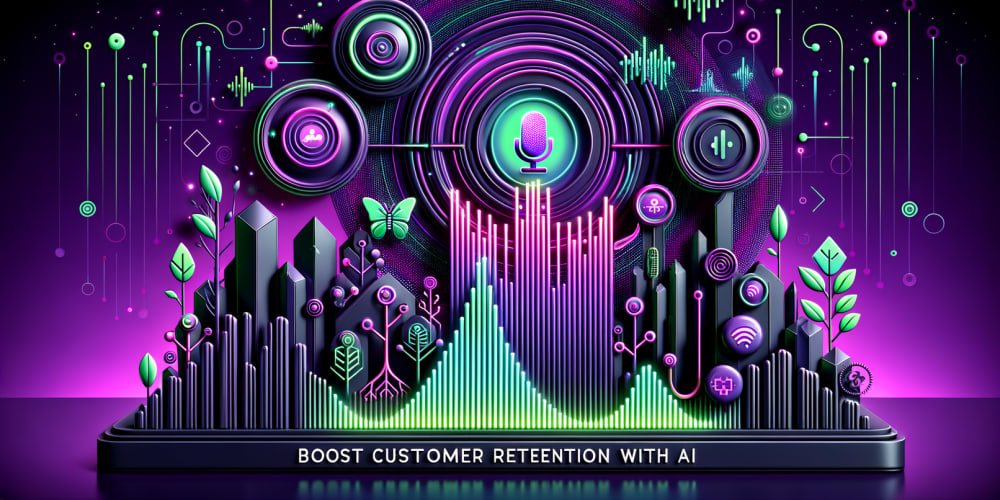Developing an end-to-end application is an extremely complex task that requires a multitude of skills that few individuals possess alone.
That's where FullStack developers come in.
To overcome this challenge, it is crucial to implement advanced strategies and architectures that promote scalability, maintainability, and security.
One of the most effective approaches is adopting microservices. By dividing the application into small, independent services, each responsible for a specific functionality, management and evolution of the whole are facilitated. This modularity is further enhanced by containerization, which allows these services to be deployed and managed consistently across different environments, simplifying deployment and increasing scalability.
Going even further, serverless architecture offers a solution where developers can focus exclusively on the code without worrying about server management, while benefiting from automatic scalability. This approach is often combined with an API-First design, ensuring that integration and communication between different services and components are smooth and efficient.
In terms of reactivity and real-time processing, Event-Driven Architecture is a wise choice. By structuring the application around events, its responsiveness and ability to handle variable loads can be significantly improved.
At the same time, Domain-Driven Design (DDD) helps structure development around the business domain, offering a model-centric approach to solving complex problems.
CQRS (Command Query Responsibility Segregation) adds another dimension by separating read and write operations, thus optimizing performance and scalability. This philosophy is complemented by Hexagonal Architecture, which isolates the business domain from user interfaces and infrastructure, making the application easier to test and evolve.
To structure the application modularly, Layered Architecture (or MVC) remains a classic. It clearly separates presentation, business logic, and data access responsibilities. In an increasingly cloud-centric world, adopting Cloud-Native Architecture becomes indispensable for fully leveraging the services and features of cloud providers.
Security and compliance cannot be overlooked. Implementing robust authentication mechanisms, such as OAuth or JWT, is essential to secure application access. Concurrently, defining and enforcing strict security policies ensure the protection of sensitive data and compliance with current regulations.
Adhering to relevant ISO standards is also crucial to ensure the quality and security of the application. Finally, adopting Test-Driven Development (TDD) and implementing continuous integration and deployment pipelines (CI/CD) not only improves code quality but also accelerates the development cycle.
By being aware of these strategies and best practices, it becomes possible to navigate the complexity of developing an end-to-end application, even for a stand-alone fullstack developer.
If you're looking for a framework to achieve that: have a look at this open source framework : https://github.com/equalframework/equal



















